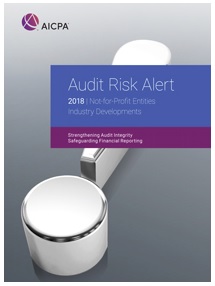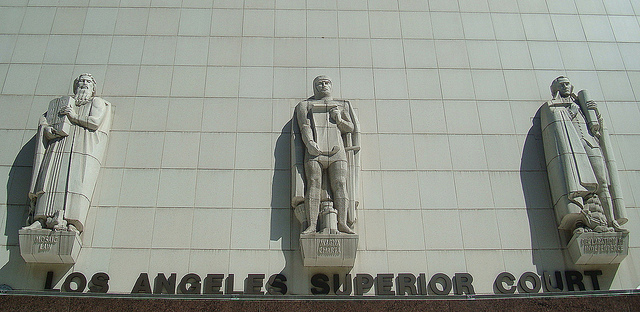
Previous post mentioned the Assembly of the California legislature has passed Assembly Bill No. 1181 (A.B. 1181) which, if passed by the Senate, would require charities to use overseas valuations for donated items which are restricted by donors for distribution overseas.
Paraphrase of proposed changes
The wording is simple enough that readers of this blog can figure it out for themselves. I will summarize the changes anyway.
There are three main changes.











